The blockchain industry is evolving rapidly, and with this evolution comes the need for greater interoperability among different blockchains. Blockchain bridges serve as crucial infrastructures that allow for the seamless transfer of assets and information across various blockchain platforms. This guide is designed for cryptocurrency enthusiasts and blockchain developers looking to explore the best blockchain bridges available today.
What are Blockchain Bridges?
Blockchain bridges are specialized protocols that enable different blockchain networks to communicate with one another, facilitating the transfer of assets, tokens, and information across divergent ledgers. In essence, they act as connectors or “bridges” that close the gap between separate blockchain ecosystems, ensuring interoperability and extending the functionality of the entire blockchain space. When a user wishes to move assets from one blockchain to another, a blockchain bridge locks the asset on the original chain and creates an equivalent amount of the asset on the destination chain. This process preserves the total supply of the asset while enabling its utilization on multiple platforms. Blockchain bridges can be either centralized, operated by a single authority, or decentralized, relying on smart contracts and consensus mechanisms for security and operation. They play a pivotal role in optimizing efficiency, enhancing scalability, and providing users with the flexibility to leverage the strengths of different blockchain technologies.
How Blockchain Bridges Work
When it comes to understanding how blockchain bridges work, it is essential to break down the process into a series of sequential steps:
- Initiation: The process begins when a user initiates a transfer of assets from one blockchain (the source chain) to another (the destination chain). The user provides the necessary details, such as the amount of the asset they wish to transfer and the address of the recipient on the destination chain.
- Locking Assets: On the source chain, the specified amount of the asset is locked in a smart contract or an escrow account. This ensures that the assets are held securely and cannot be used or spent elsewhere during the transfer process.
- Verification and Validation: The transaction is then verified and validated by the blockchain bridge protocol. In centralized bridges, this is done by the central authority, while in decentralized bridges, a network of validators or a consensus mechanism handles the verification process.
- Minting or Releasing Assets: Once the transaction is confirmed, an equivalent amount of the asset is either minted (in the case of wrapped tokens) or released from a reserve on the destination chain. The recipient address provided during initiation receives these newly created or released assets.
- Updating Ledgers: Both the source and destination ledgers are updated to reflect the new balance of assets. The source chain shows the decrease in assets due to the locking process, while the destination chain shows the increase due to the minting or releasing process.
- Completion and Finalization: The transfer is considered complete once both ledgers are updated, and the recipient has full control over the assets on the destination chain. The blockchain bridge ensures data integrity and consistency throughout the process.
By following these steps, blockchain bridges enable the smooth and secure transfer of assets across different blockchain networks, enhancing interoperability and unifying fragmented blockchain ecosystems.
Benefits of Using Blockchain Bridges
Blockchain bridges bring a host of benefits to the blockchain industry, including:
- Efficient Asset Transfer: Blockchain bridges enable quick and seamless transfer of assets between different blockchains. This eliminates the need for intermediaries or manual processes, reducing transaction costs and increasing efficiency.
- Interoperability: Blockchain bridges allow for interoperability among diverse blockchain networks, enabling users to access and utilize assets across multiple platforms.
- Scalability: By connecting different blockchains, bridges help alleviate the scalability issues faced by individual blockchain networks. This has the potential to improve transaction speeds and reduce network congestion.
- Increased Functionality: Blockchain bridges extend the functionality of individual blockchain networks by making it possible to access features and services available on other chains. For example, a user can leverage the privacy features of one blockchain while utilizing the smart contract capabilities of another.
- Innovative Use Cases: The use of blockchain bridges opens up new and innovative use cases that were previously not possible due to limited interoperability among blockchains. This has the potential to drive further growth and adoption in the blockchain space.
Choosing the Right Blockchain Bridge
When selecting a blockchain bridge, consider factors such as supported blockchains, security measures, fees, transaction speeds, bridge architecture, and supported assets. Each of these factors plays a crucial role in determining the overall efficiency and safety of the bridging process.
Supported Blockchains
A good blockchain bridge should support a wide range of blockchains, providing users with flexibility and access to a diverse ecosystem of assets.
Security Measures & Audits
Security is paramount when it comes to blockchain bridges. Look for bridges that have undergone rigorous security audits by reputable firms and implement robust security measures to protect users’ assets.
Fees and Transaction Speeds
Evaluate the fees associated with using the bridge and the expected transaction speeds. Optimal bridges offer a balance between low fees and fast transaction processing times.
Bridge Architecture (Centralized vs. Decentralized)
Understanding the architecture of a blockchain bridge is crucial. Decentralized bridges offer enhanced security and reduced trust requirements compared to their centralized counterparts.
Supported Assets (Cryptocurrencies, NFTs, etc.)
The best bridges support a wide variety of assets, including cryptocurrencies, NFTs, and other tokens, providing users with a comprehensive bridging solution.
Popular Blockchain Bridges
Blockchain bridges are essential for a cohesive ecosystem, allowing the transfer of information and assets between different blockchain networks. They serve as vital tools for users and developers aiming to leverage the strengths of multiple blockchains.
Synapse Protocol
Synapse Protocol is a leading cross-chain layer that facilitates the swift and secure transfer of assets across various blockchains. It supports a wide range of networks, offering users flexibility and access to multiple DeFi ecosystems. Its user-friendly interface and robust security measures make it a top choice.
Portal Bridge
Portal Bridge stands out for its unique approach to bridging assets, emphasizing security and decentralization. It utilizes advanced cryptographic techniques to ensure that assets moved across chains remain safe and tamper-proof, appealing to those prioritizing security in cross-chain transactions.
Allbridge
Allbridge is a simple, modern, and reliable way to bridge tokens between multiple networks. It supports a diverse array of blockchains, including some of the smaller, up-and-coming networks, making it a versatile tool for users looking to explore beyond the major ecosystems.
Hop Protocol
Hop Protocol facilitates quick and secure transfers of tokens between Ethereum and layer-2 networks like Polygon, xDai, and others. It’s designed to solve the liquidity and speed issues often encountered in cross-chain transfers, providing a smooth user experience.
Wormhole Bridge
Wormhole Bridge connects several high-profile blockchains, including Ethereum, Solana, and Binance Smart Chain. Its technology enables the transfer of not just tokens but also NFTs and other data types, broadening its appeal and utility.
Multichain (formerly Anyswap)
Multichain (formerly known as Anyswap) is a comprehensive cross-chain bridge that supports a wide variety of blockchains and tokens. Its decentralized nature and robust security protocols make it a popular choice for those looking to engage in cross-chain swaps and liquidity provision.
Ren
Ren is focused on providing secure and permissionless transfer of value between blockchains. It’s particularly noted for its ability to bring Bitcoin to other blockchains, such as Ethereum, enabling innovative DeFi applications.
Nomad
Nomad is a newer entrant in the blockchain bridge space, focusing on simplicity and minimal trust. It offers a unique optimistic rollup approach to verify transactions across chains, ensuring security with less complexity.
LayerZero
LayerZero is an omnichain interoperability protocol that aims to provide true interoperability by allowing dApps to interact across different blockchains. Its approach reduces the barriers for developers and users, fostering a more integrated blockchain ecosystem.
Across Protocol
Across Protocol emphasizes speed and low fees in cross-chain transfers. Leveraging optimistic rollups and other layer-2 solutions, it provides an efficient way for users to move assets across the Ethereum network and its layer-2 counterparts.
Conclusion
Blockchain bridges are fundamental to achieving a more interconnected and efficient blockchain ecosystem. By carefully considering the key factors mentioned above and exploring the popular bridges listed, users and developers can make informed decisions to meet their cross-chain needs effectively.
FAQ
What are the security risks associated with using blockchain bridges?
Security risks include smart contract vulnerabilities, centralization points, and potential for manipulation by malicious actors. Always use bridges that have undergone thorough security audits.
How do centralized and decentralized bridges differ in terms of trust and security?
Centralized bridges require users to trust a central authority with their assets, whereas decentralized bridges reduce the need for trust through smart contracts and decentralized protocols.
What are the fees involved in bridging assets between blockchains?
Fees vary widely depending on the bridge, asset type, and market conditions. They can include transaction fees, gas fees, and sometimes additional service fees.
Can I bridge any type of asset using a blockchain bridge?
While many bridges support a wide range of assets, not all assets are supported by every bridge. Check the specific bridge’s documentation for supported assets.
What are the future developments in blockchain bridge technology?
Future developments may include increased security measures, support for more blockchains and asset types, and enhanced efficiency and usability.
How do I ensure the safety of my assets when using a blockchain bridge?
Research the bridge thoroughly, ensure it has undergone security audits, use hardware wallets when possible, and only bridge assets you can afford to risk in the event of a security breach.


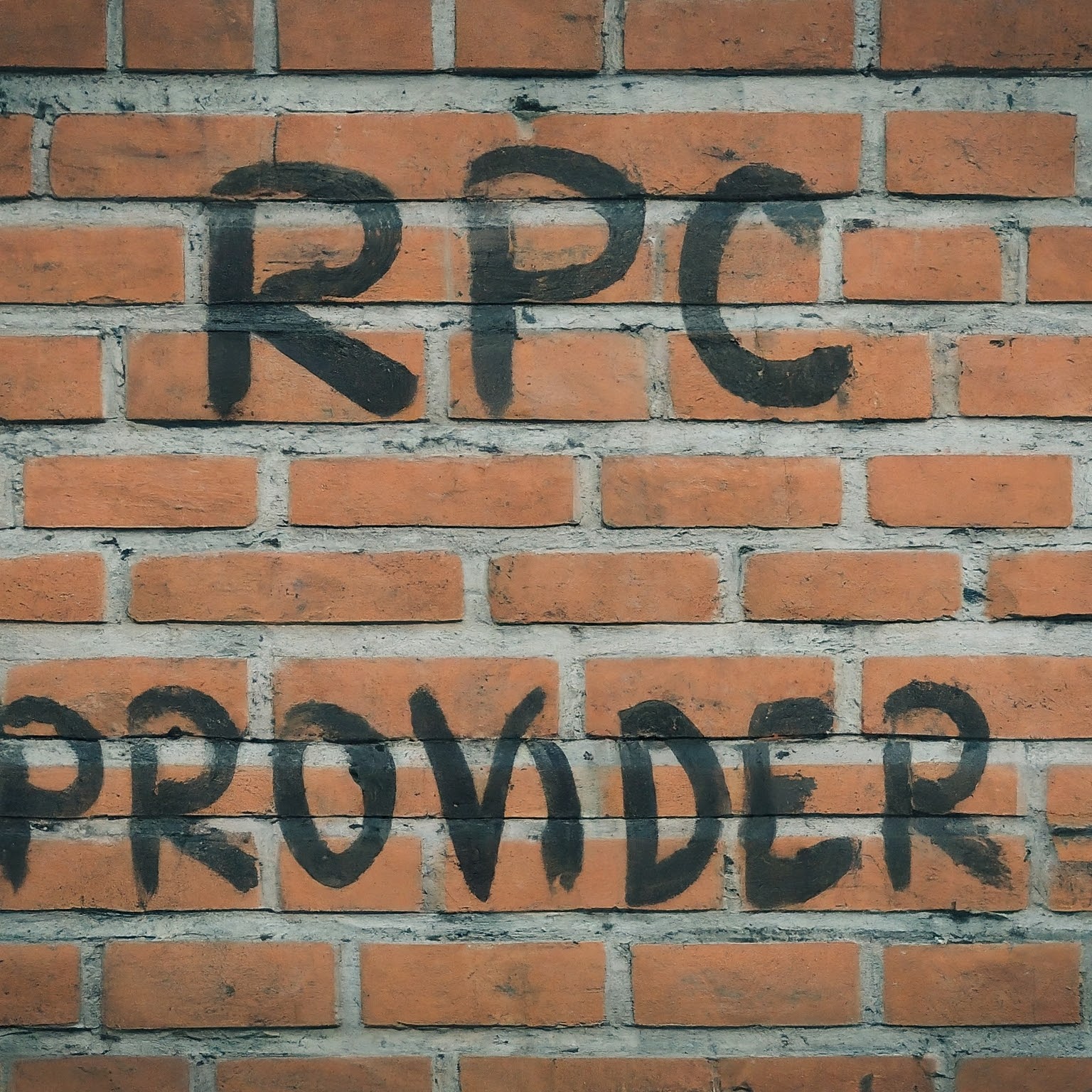
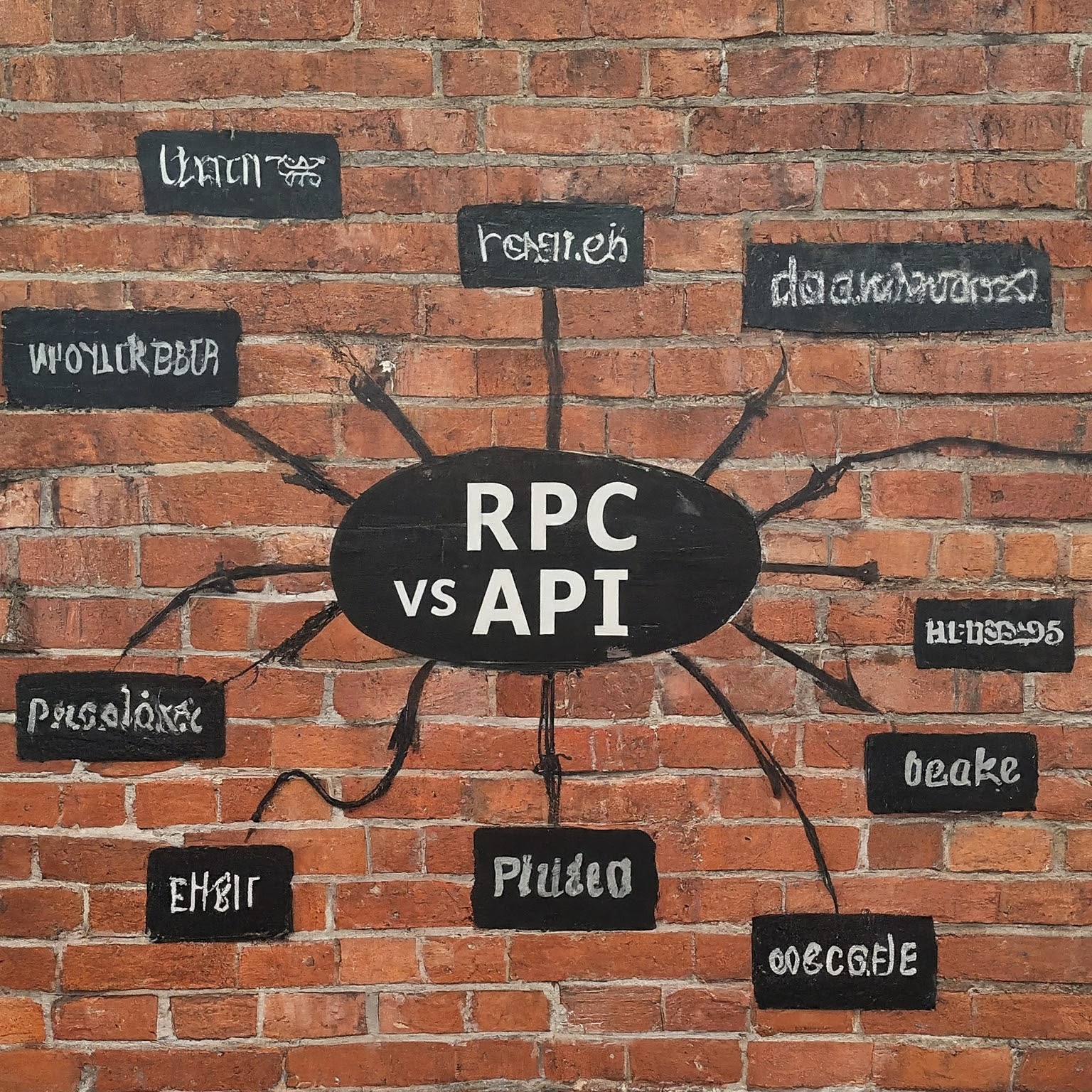
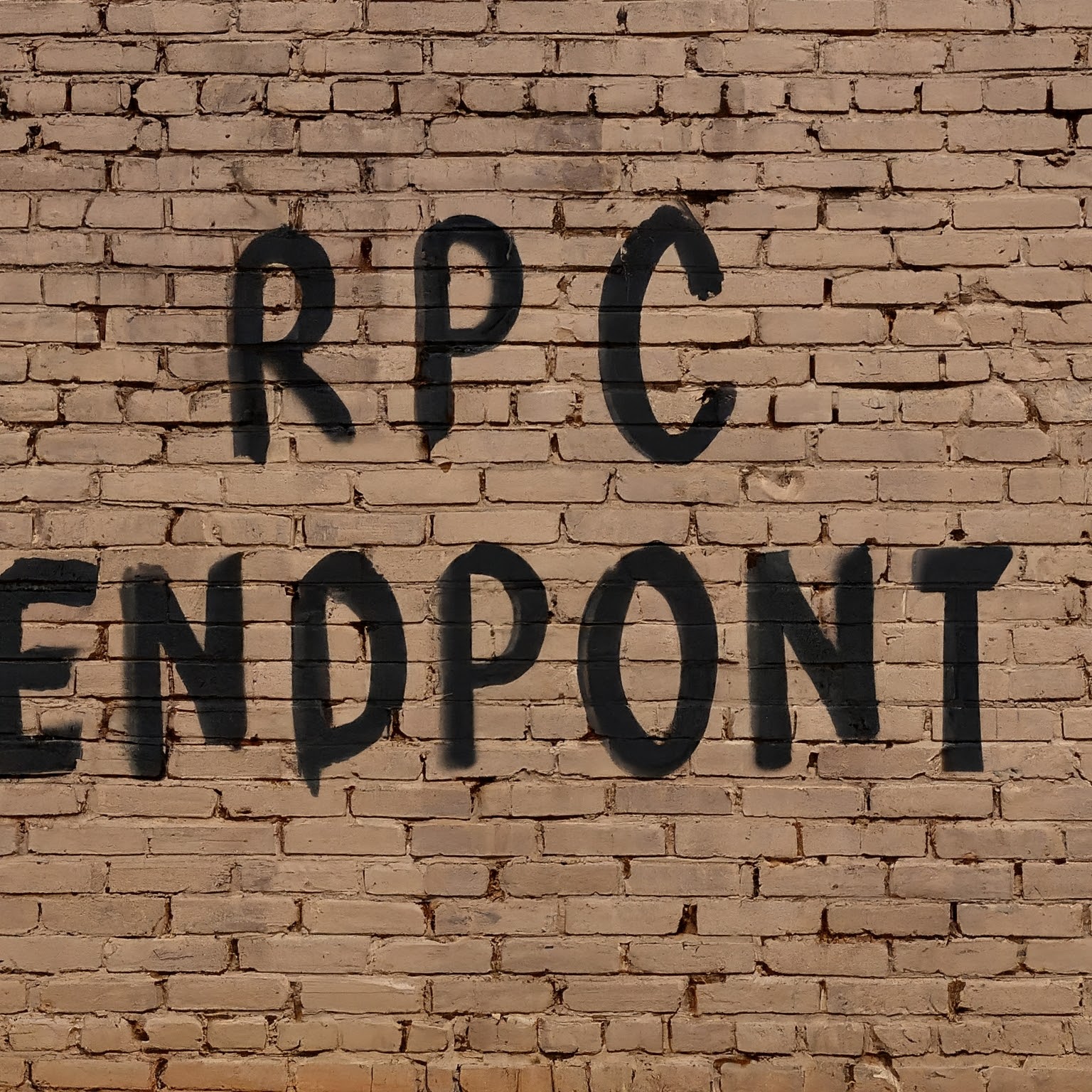

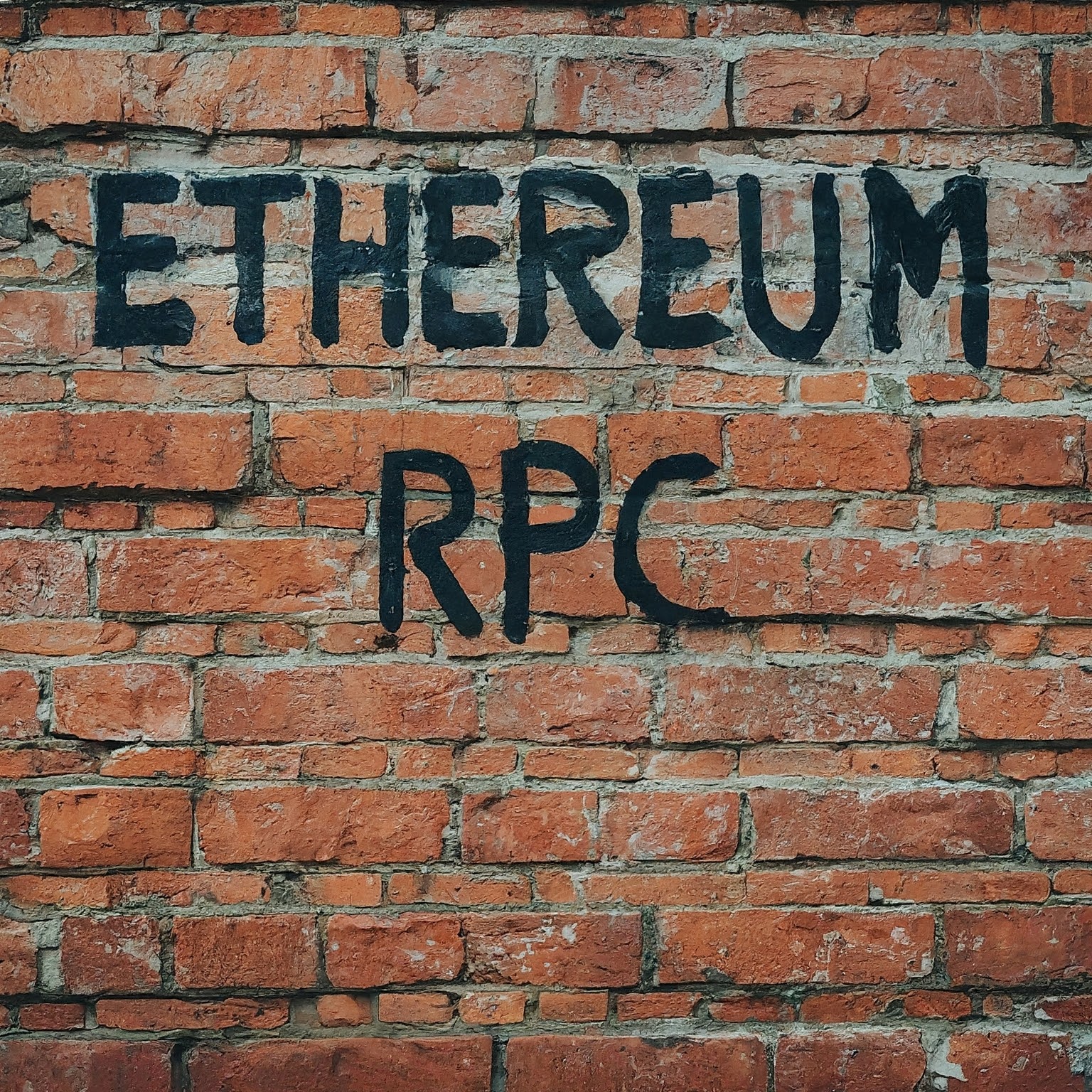
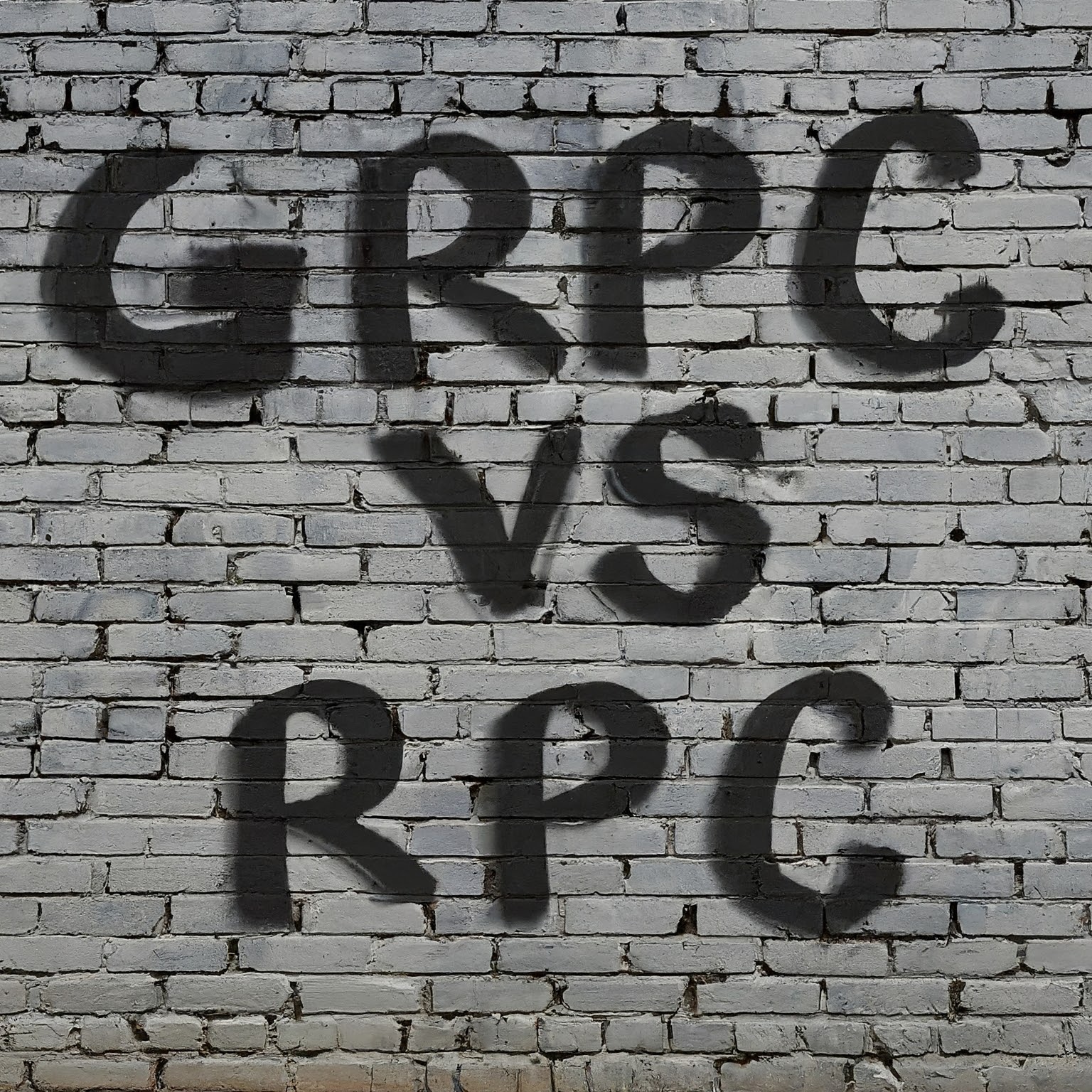
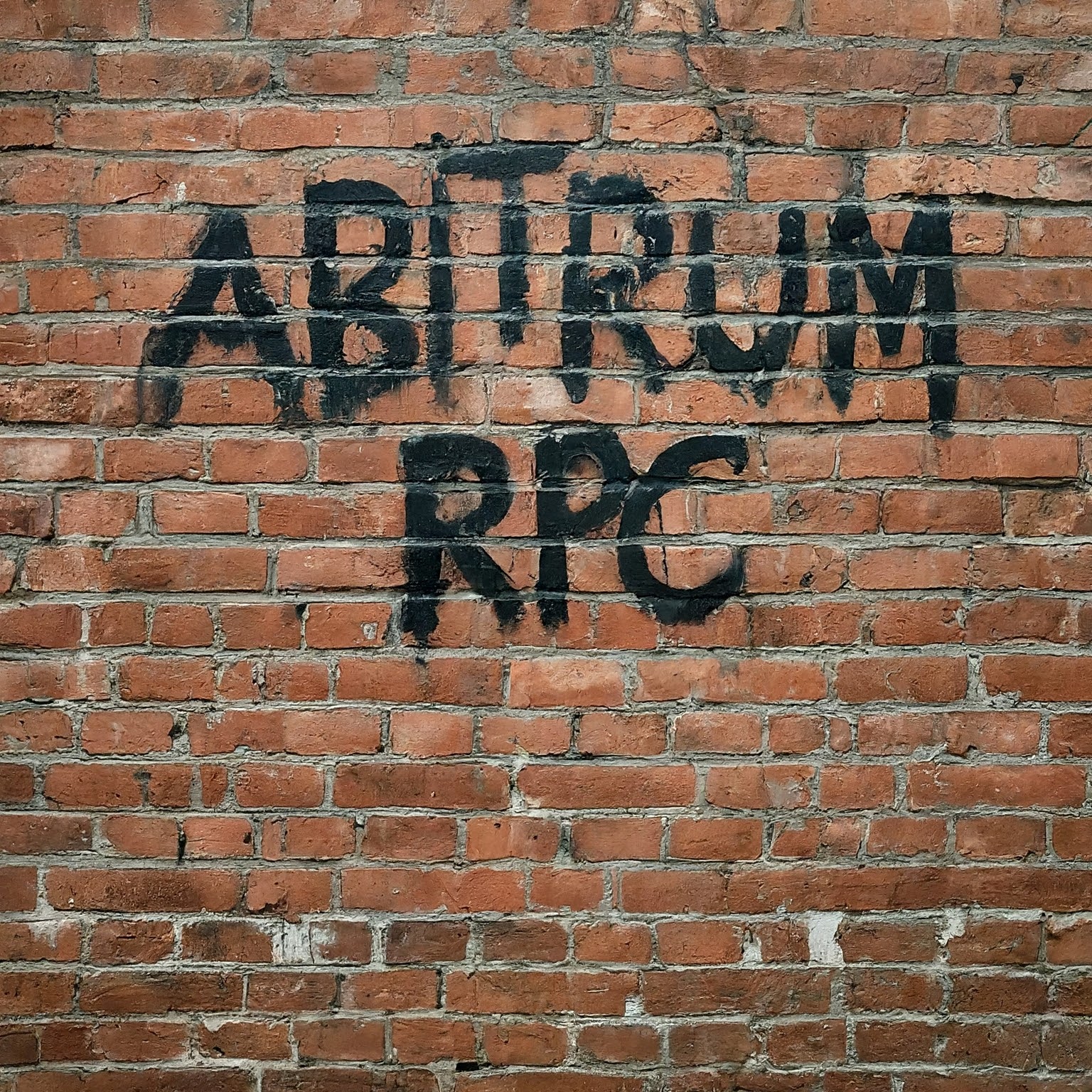

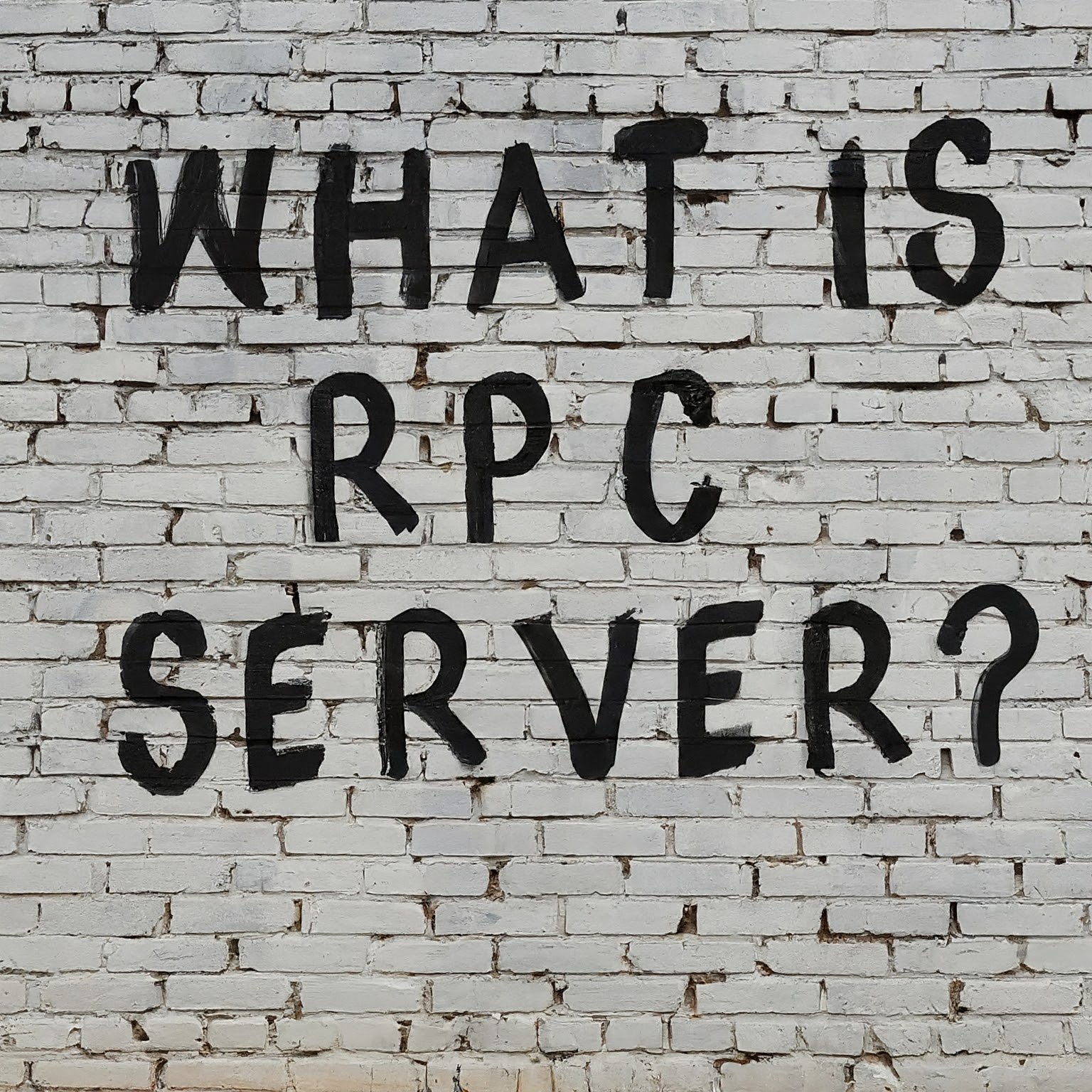

Leave a Reply
You must be logged in to post a comment.